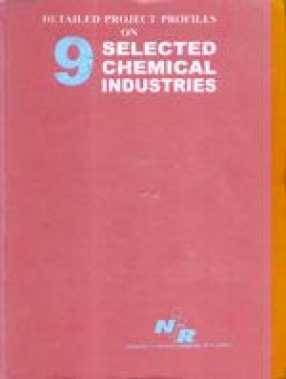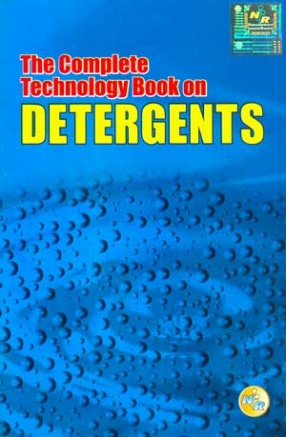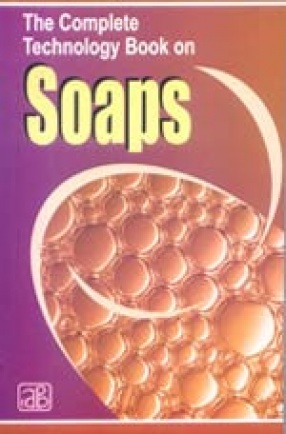Silicon emulsion having wide applications and uses in the industry and domestic purposes. The property of the silicon emulsion is very partial to the industrial uses. Silicons use in the various uses i.e., alloying agent for steels, aluminium, bronze, copper and iron, production of halogenated silcons organo-silicons compounds, silicon carbide spring steels, deoxidizes in steel manufacture, semi-conductor in integrated circuits, and also in other refractories. Properties also favourable tothe industrial uses i.e, good appearance, dispersibility, stability, good conductor of electricity, good conductor of heat, paint of immersion, temperature range 50 – 250 oC, low surface tension and excellent dielectric properties. Occurance of the silicon; it does not occur free in nature but on the homogenous mixture. And it is in the forms of fluids, emulsion, solutions, resin, paste, elastomers. Silicones are stable at high and low temperature, after good weather resistance and excellent electrical properties and are produced in resin, fluid gel, or elastomer form. Made from silicon, the most abundant elemental mineral on earth, silicones are semi-inorganic polymers that are used in almost every industry as well as in practically every home in the country. Silicon the base material constitutes 28 % of the earth's crust, must frequently exists as its oxide, sio in the form of sand, quartz and flint. It also exists in nature in combination with potassium, aluminium and magnesium: To obtain silicones commercially sand or quartz is reduced by carbon to silicon inan electric arc furnace and the product is crushed to a fine powder. By contacting this powder with methyl chloride in the presence of a catalyst under proper conditions a chlorosilane is formed which is hydrolysed with water and further reacted in presence of an end blocking agent to form a polymer of the type dimethyl -polysiloxane silicones are formed and can take the form of fluids of almost any viscosity, or resins. The fluids may be used alone combined with organic thickness to produce greases, or combined with inorganic fillers to produce water repellent dielectric compounds. The raw materials which make up the siloxane polymer sand, methyl chloride and water are inexpensive but the processing is complicated and costly.
Chemical Industries
In stock
Free & Quick Delivery Worldwide
reviews
Bibliographic information
Title
Chemical Industries
Author
Publisher
ISBN
8186623035
Length
152p.
Subjects








There are no reviews yet.